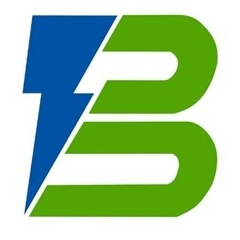devolvido How Many Types of PCBs Are There in the Electronics Industry?
Avalie este tópico:
-
Conteúdo Similar
-
dica How Do I Determine How Many Hertz Diesel Generators I Need to Buy?
Iniciado por dbdieselgenerator em
- diesel generators
- determine
- (mais 6)
- 0 respostas
- 67 visualizações
-
- 1 resposta
- 131 visualizações
-
notícia Chamado para nova área do Fórum 1 2
Iniciado por Daniel em
- 33 respostas
- 24.585 visualizações
-
doc APOSTILAS INGLES VOLTADO PARA AREA TECNICA
Iniciado por leduardo1978 em
- 0 respostas
- 51 visualizações
-
doc APOSTILAS INGLES VOLTADO PARA AREA TECNICA
Iniciado por leduardo1978 em
- 0 comentários
- 53 visualizações
-
SOBRE O ELETRÔNICABR
Técnico sem o EletrônicaBR não é um técnico completo! Leia Mais...








Posts em destaque
Participe agora da conversa!
Você pode postar agora e se cadastrar mais tarde. Se você tiver uma conta, faça login para postar com sua conta.